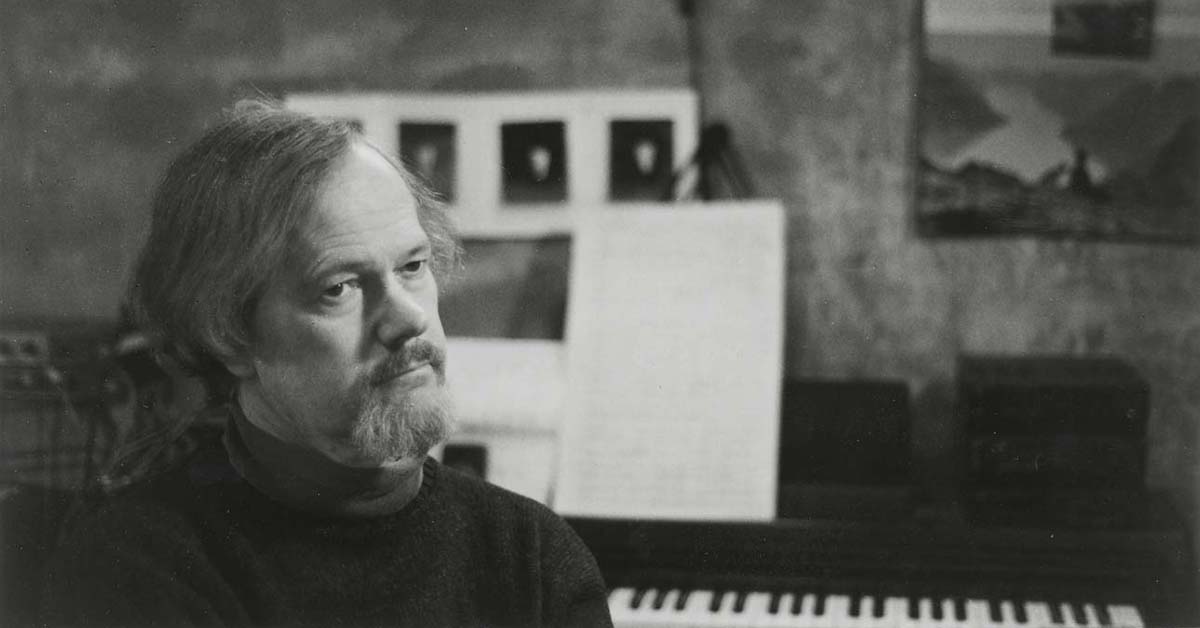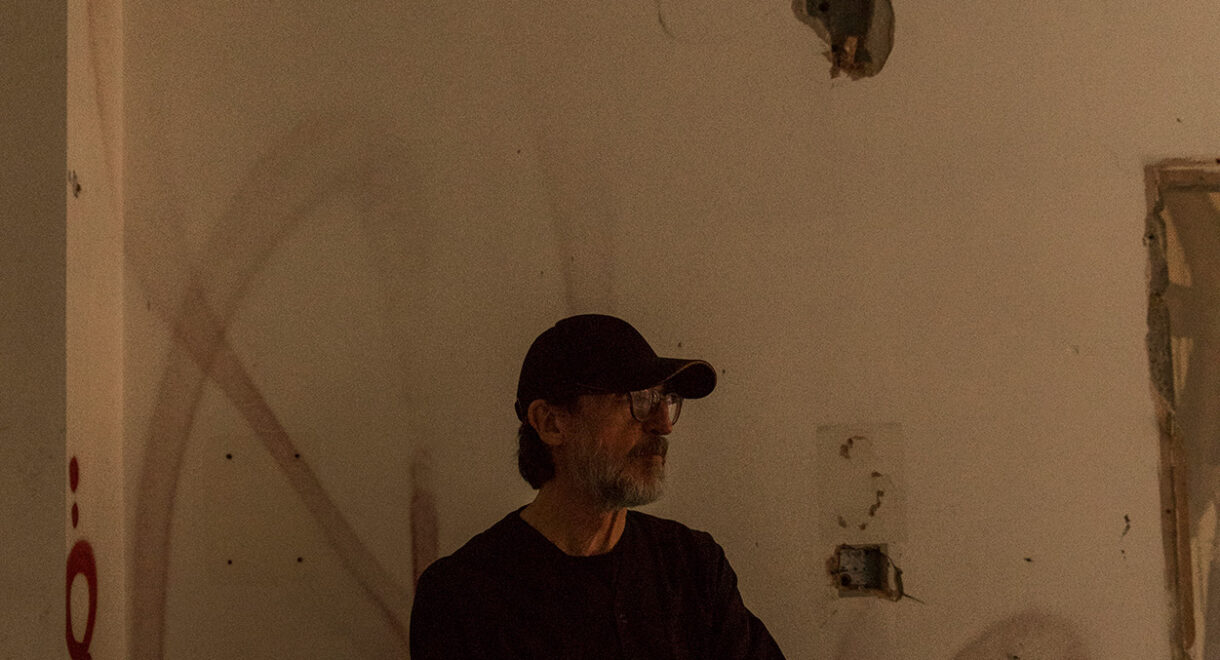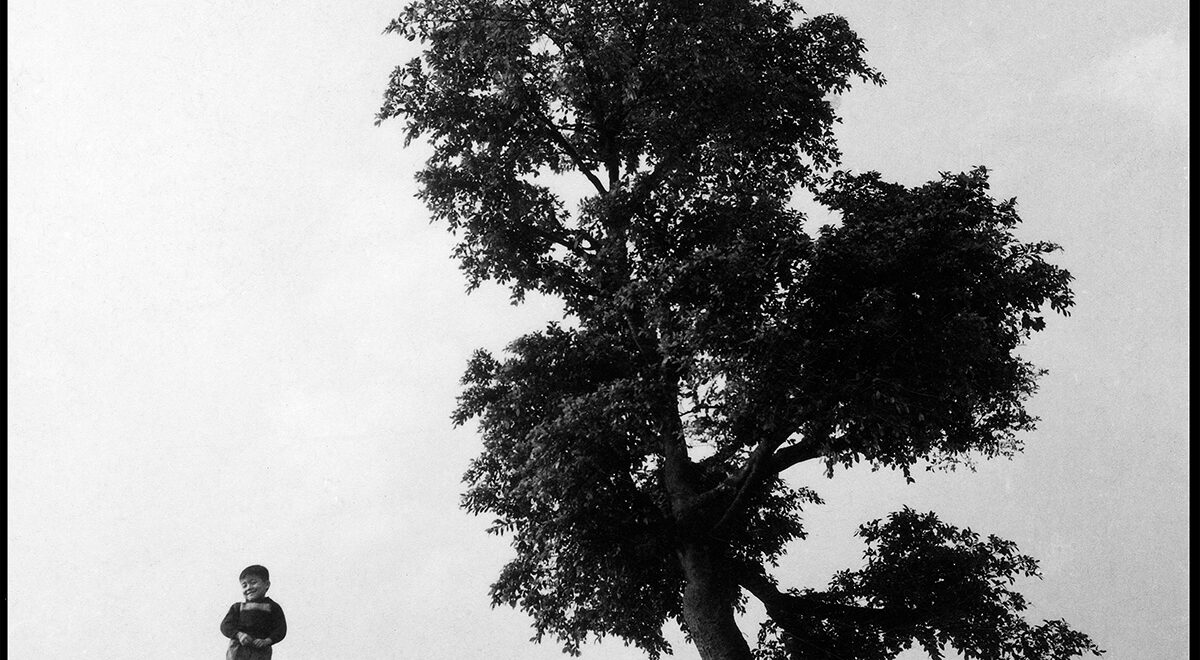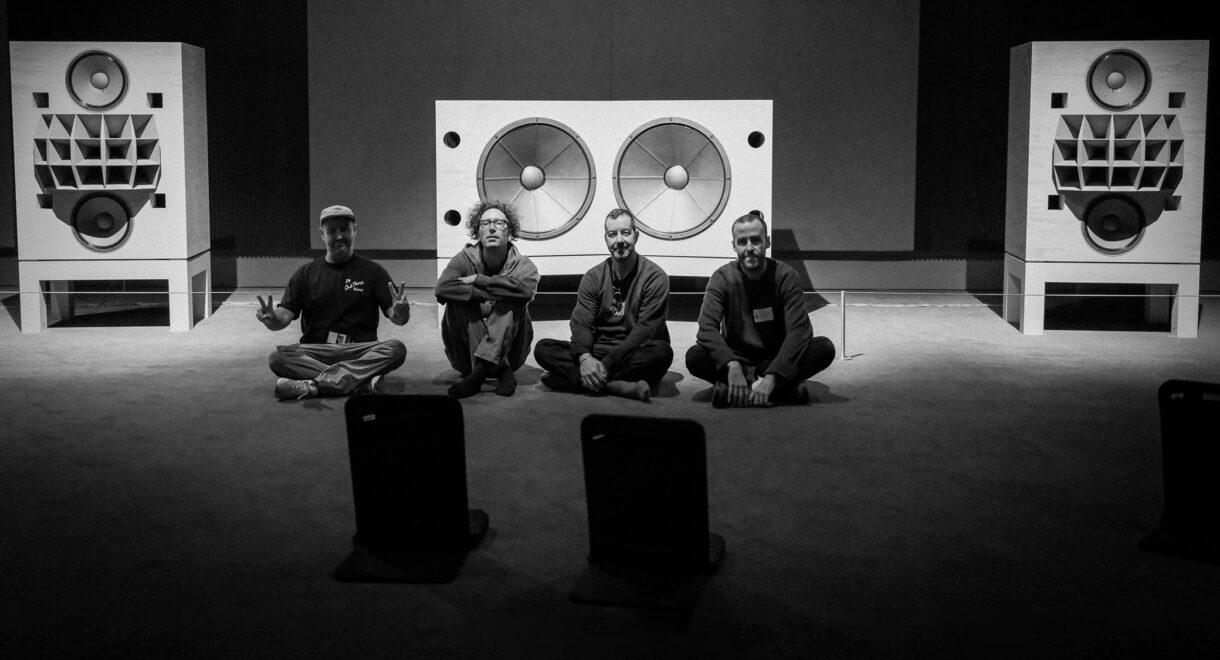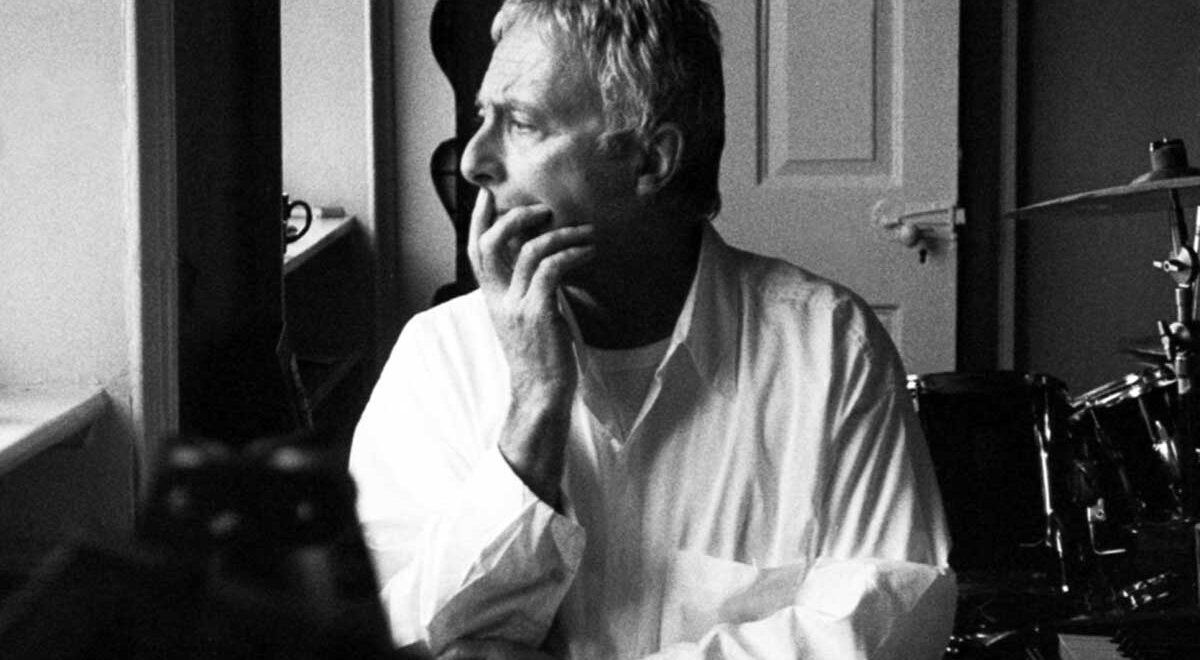In this interview from the 1980s, Marshall looks back at the forces that shaped his music, from early tape experiments and West Coast freedom to the darker emotional […]
The Drift That Defined a Decade: Virgin’s 1990s Ambient and ‘Ocean of Sound’ Compilations Revisited
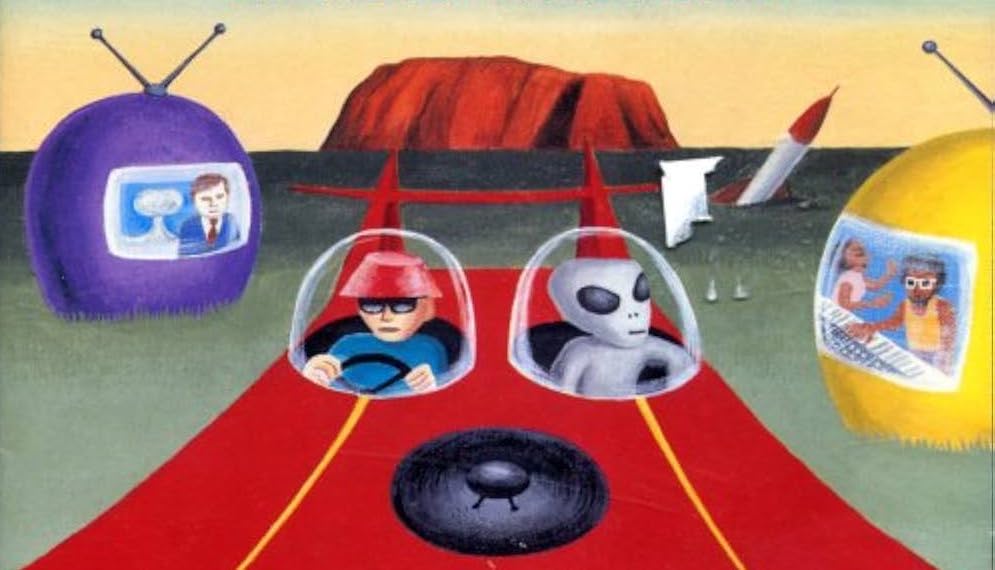
A decade of compilations that turned ambient inside out, from mapped lineage to beautiful disintegration.
Between 1993 and 1997, Virgin Records released a series of 24 compact discs under the Virgin Ambient imprint. An ambitious attempt to trace the reach of ambient music as both historical tradition and living experiment, the catalog included everything from archival retrospectives and artist albums to sprawling compilations that blended ambient, dub, experimental electronics, and global forms. Though the series never announced itself as definitive, its curators treated ambient with curatorial seriousness and conceptual range, drawing lines between the well-known and the obscure, the serene, and the unsettling.
Two distinct threads defined the series: the four-volume Ambient set, issued between 1993 and 1994, and the four compilations curated by David Toop under the banner of Ocean of Sound, issued from 1996 to 1997. One looked to map and categorize ambient’s evolution; the other preferred to dissolve its boundaries entirely.
The Ambient Series (1993–1994)
Virgin’s four-part Ambient set is a wonder of deepness, and a perfect speaker-tester. Functioning as the spine of the label’s larger experiment, the quartet of double CDs, provided a seamless conceptual deep-dive into ambient music’s lineage and transformations. Each volume was curated around a thematic throughline.
Ambient 1: A Brief History of Ambient (1993), compiled by Simon Hopkins, framed ambient as an evolving compositional tradition. It opened with Brian Eno’s “1/1” and moved through cornerstone works by Harold Budd, Tangerine Dream, Cluster, the Orb, Aphex Twin, and Ashra. The sequencing formed a kind of unofficial canon, one that connected early minimalism, kosmische, and 1990s ambient techno without reducing any to trend or footnote.

Ambient 2: Imaginary Landscapes, also compiled by Hopkins, shifted the frame toward abstraction and electroacoustics. Titled after John Cage’s pioneering sound experiments, it pulled from artists working in field recording, musique concrète, and spatial composition. While less direct than the first volume, it expanded ambient’s definition into territory shaped more by process than melody. Artists included Scanner, David Toop, Paul Schütze, Moby (in his ambient mode), and Pauline Oliveros.
Ambient 3: Music of Changes (1994) pushed further into cross-cultural and hybrid zones. With a nod again to Cage, the compilation explored indeterminacy, ritual, and flux. The selections ranged from the Tuvan throat-singing of Shu-De and gamelan-inflected pieces to works by Irmin Schmidt & Bruno Spoerri, Ryuichi Sakamoto, Laraaji, Bark Psychosis, and David Sylvian (solo and in collaboration with Robert Fripp). The compilation included multiple tracks touched by The Future Sound of London and featured ambient variants rooted in voice, rhythm, and spiritual minimalism.
Ambient 4: Isolationism (1994) broke from the previous volumes. Curated by Kevin Martin — producer, theorist, and sonic provocateur best known for his work as The Bug, Techno Animal, and King Midas Sound — this volume pushed ambient not as comfort or escape, but as confrontation. Before it became the dark ambient genre, Martin assembled tracks that emphasized psychological tension, stasis, and post-industrial dread. Contributors included Jim O’Rourke, Lull (aka Mick Harris of Scorn), Seefeel, Thomas Köner, Main, Aphex Twin, Final, and Zoviet France. His liner notes described “isolationist music” as alien, submerged, and emotionally fraught — a radical counterpoint to ambient’s reputation for passivity. It remains one of the most influential documents of ambient’s darker possibilities.
Together, the four Ambient volumes charted a coherent arc: from foundational texts to abstract experimentation, from global hybridity to existential descent.
Ocean of Sound (1996–1997)
Where the Ambient volumes built a progression, David Toop’s Ocean of Sound subset refused narrative altogether. Inspired by his 1995 book Ocean of Sound: Aether Talk, Ambient Sound and Imaginary Worlds, Toop curated four sprawling double-CD compilations that treated ambient as a sensibility rather than a style. His selections moved across centuries and continents, placing Erik Satie next to Augustus Pablo, King Tubby beside Debussy, Oval beside Scott Walker. These were not histories. They were sonic essays.
Ocean of Sound opened with King Tubby and wound through My Bloody Valentine, Miles Davis, Sun Ra, Holger Czukay, the Beach Boys, Herbie Hancock, Aphex Twin, the Velvet Underground, and Brian Eno. Ambient here meant drift, echo, dislocation — a shared mood rather than shared technique.
Crooning on Venus leaned into voice, atmosphere, and dream logic. Laurie Anderson, Yma Sumac, Gavin Bryars, Oval, Yasuaki Shimizu, Sarah Vaughan, and Scott Walker appeared not as genre anchors but as spectral presences. Torch songs, avant-electronics, field recordings, and lullabies intertwined.
Booming on Pluto (officially Ocean of Sound 3) emphasized global flow and deep rhythm. Jon Hassell, DJ Spooky, Harold Budd, Pauline Oliveros, Holger Czukay, and Moondog appeared alongside field recordings and experimental pop from Africa, the Caribbean, and Southeast Asia. Here, Toop presented ambient as a trance medium.

Guitars on Mars, the fourth volume, played with absurdity, signal degradation and defiantly anti-ambient works by John Oswald, Popul Vuh, Sun City Girls, Captain Beefheart, John Cage, Eno (again), and others. The compilation moved between collage, noise, and sacred minimalism.
Toop didn’t curate compilations so much as build listening environments. If the Ambient volumes offered structure and argument, Ocean of Sound let everything bleed. Both series remain landmark efforts. One sought to define ambient. The other asked if it ever needed defining in the first place.
Today, original CD copies of the Ambient and Ocean of Sound compilations vary in price but tend to hover between $15 and $40 on the secondary market, depending on condition and scarcity. Some, like Ambient 4: Isolationism or the first Ocean of Sound, can edge higher due to cult status and limited availability. A handful of tracks from these compilations appear on streaming services, but the full albums — especially with their original sequencing and segues — are mostly absent, making the physical editions not just collectible, but essential for the full experience.




